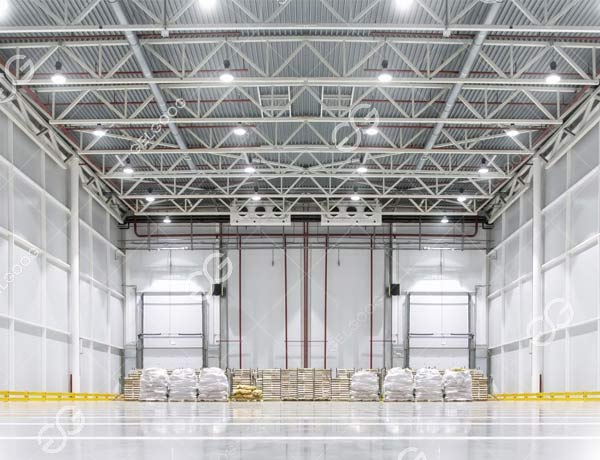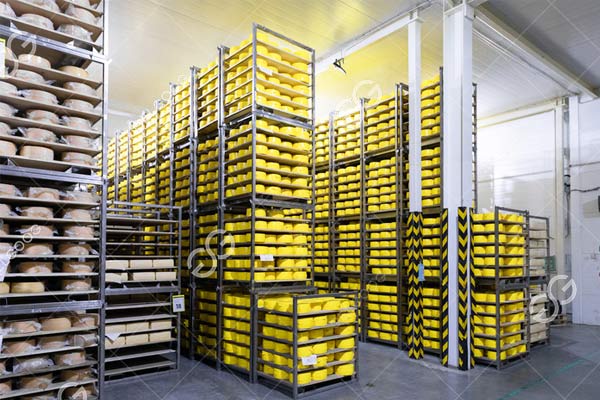9 Maintenance Tips For Cold Storage Facilities
- 2023-12-26 /
- Lisa
To maintain a cold storage unit effectively, here are nine essential maintenance tips: Initial Use, Panel Maintenance, Floor Protection, Stacking Requirements, Limit Human Activity, Temperature and Humidity Control, etc.
Cold storage, also known as a refrigerated warehouse, falls under the category of refrigeration equipment. Compared to refrigerators, cold storage units have a significantly larger cooling area, maintaining freezing temperatures typically ranging between minus 10 to minus 30 degrees Celsius and accommodating larger quantities of frozen food.

Initial Use: During initial use or after prolonged shutdowns, avoid storing goods in the cold storage room. Gradually lower the room temperature to the desired level, especially for low-temperature units, to prevent abrupt temperature changes that might damage the structure. It's advisable to maintain the temperature at around 0°C for a period before gradually lowering it to -8°C to -10°C daily.
- Panel Maintenance: While in use, prevent hard objects from impacting or scratching the storage panels to avoid indentations and rust, which could reduce the insulation performance of the unit.
- Floor Protection: Keep the floor clean during usage. Promptly remove excessive ice and water to prevent damage caused by using hard objects for cleaning, which may affect the unit's lifespan.
- Seal Protection: Regularly inspect and maintain the seals of the cold storage unit to ensure they remain intact and undamaged.

- Stacking Requirements: Maintain a 0.3-meter distance from the top of the cold storage unit, a 0.2-meter distance from the walls, and a 1.5-meter distance from the area around the cold air fans.
- Limit Human Activity: Minimize personnel in the storage area and ensure doors are properly closed. Pay attention to the operation of air curtains or door curtains when doors are open, and remember to switch off lights when leaving.
- Temperature and Humidity Control: Maintain consistent temperature and humidity levels within the storage area, minimizing significant fluctuations. Aim for a single comprehensive stock entry when storing food items.
- Prohibited Items: Strictly prohibit storing flammable, explosive, or volatile materials, and ensure no open flames are present in the unit.
- Preservation Techniques: When storing poultry, fish, or similar products, cover them with ice coats or waterproof fabric to reduce dehydration, especially for frozen meat and items near the unit's door.









